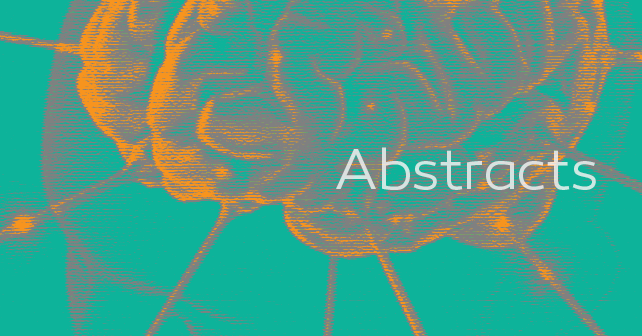Journal of Neurosurgery, Volume 119, Issue 2, Page 307-317, August 2013.
Object The purpose of this study was to use MRI and histology to compare stereotactic lesioning modalities in a large brain model of thalamotomy. Methods A unilateral thalamotomy was performed in piglets utilizing one of 3 stereotactic lesioning modalities: focused ultrasound (FUS), radiofrequency, and radiosurgery. Standard clinical lesioning parameters were used for each treatment; and clinical, MRI, and histological assessments were made at early (< 72 hours), subacute (1 week), and later (1–3 months) time intervals. Results Histological and MRI assessment showed similar development for FUS and radiofrequency lesions. T2-weighted MRI revealed 3 concentric lesional zones at 48 hours with resolution of perilesional edema by 1 week. Acute ischemic infarction with macrophage infiltration was most prominent at 72 hours, with subsequent resolution of the inflammatory reaction and coalescence of the necrotic zone. There was no apparent difference in ischemic penumbra or “sharpness” between FUS or radiofrequency lesions. The radiosurgery lesions presented differently, with latent effects, less circumscribed lesions at 3 months, and apparent histological changes seen in white matter beyond the thalamic target. Additionally, thermal and radiation lesioning gradients were compared with modeling by dose to examine the theoretical penumbra. Conclusions In swine thalamus, FUS and radiosurgery lesions evolve similarly as determined by MRI, histological examination, and theoretical modeling. Radiosurgery produces lesions with more delayed effects and seemed to result in changes in the white matter beyond the thalamic target.
Original Article: http://thejns.org/doi/abs/10.3171/2013.5.JNS122327?ai=ru&mi=0&af=R




